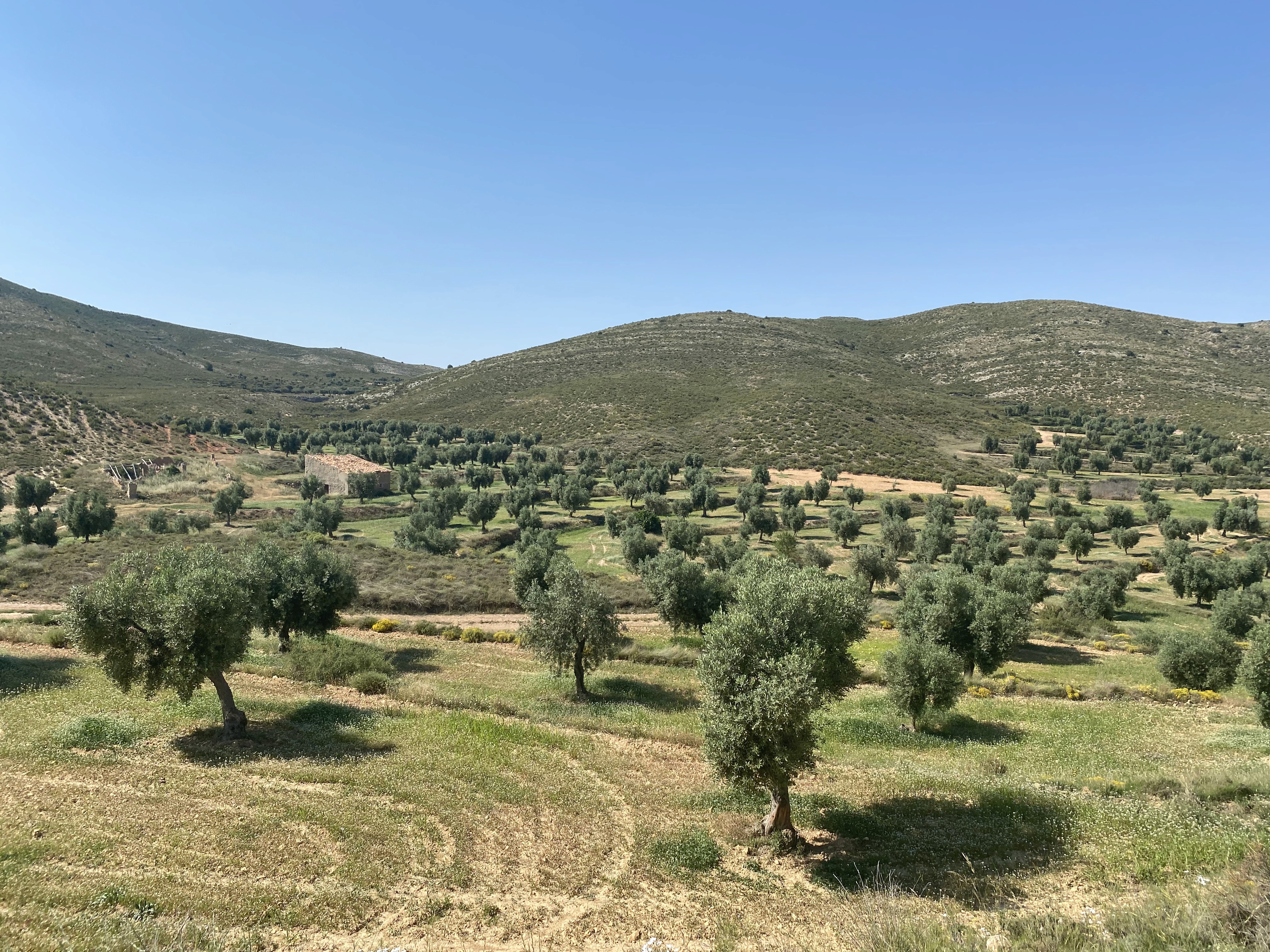Regenerative tourism
Regenerative tourism
The FiturNext 2023 challenge: Tourism and natural environment regeneration
The FiturNext 2023 challenge: Tourism and natural environment regeneration
29 de marzo de 2022


By Pako Rodríguez, a consultant specialized in tourism. (Original publication in Spanish)
FiturNext, the Observatory of good practices in tourism at FITUR, which seeks a positive impact on the sector, has launched the 2023 challenge. In this edition, the search for replicable high-impact initiatives is focused on how tourism can contribute to the regeneration of natural spaces.
FiturNext continues to grow and create its own space in the tourism sector as an observatory that aims to understand, promote and distinguish projects globally with a proven positive impact. It also aims to generate constructive conversations around each topic with key stakeholders through the organization of webinars on the Challenge and, of course, during the days of FITUR.
The Observatory has focused on various social challenges and sustainable objectives throughout its trajectory. From promoting local economic development through tourism (2020), passing through gender equality (2021) and accessibility in the sector (2022) to this 2023 edition whose objective is the regeneration of natural spaces through tourist activities, both on land and in water, including fauna and flora, and in both urban and rural environments.
Why regeneration?
We start from a climatic situation where the conservation of the natural environment, while positive, is no longer sufficient due to the different levels reached. That is why we seek a type of tourism that leaves the place where the activity takes place better than it was. There are already multiple examples of projects aimed at using the energy of the visitors to clean rivers, lakes, beaches, and other spaces, and it is precisely this type of activity that will be promoted in this edition.
From the Observatory, we always keep track of the most disruptive initiatives at the social and technological levels. In addition to the innovation represented by replicability, which is measured using a proprietary evaluation methodology in the form of a barometer, we analyze the impact of each project using indicators generated for each of the challenges. These indicators are what allow us to know the projects with the greatest impact. In the case of the FiturNext 2023 challenge, we will evaluate not only the number of visitors received and their growth due to the analyzed projects, but also the degree of involvement of the visitors in the environment where they carry out the activity. At the same time, we will take into account how the environment where this tourism activity is developed has improved and how it has impacted the local community.
The regenerative tourism represents an opportunity for the tourism sector. And this is understood by both companies betting on positive tourism and some public administrations that are aware of the need to reset and rethink the current model to drive tourism as a driver of change, where the positive externalities outweigh the negative ones, both environmentally and socially.
Through this challenge, aligned with various United Nations Sustainable Development Goals, we seek to promote actions that improve the environment in which they operate, ensuring not only the conservation of natural resources, but also their continuous improvement, increasing their value through tourism. A model where local communities receive the benefits generated from this commitment to regeneration.
Will you join the FiturNext 2023 Challenge?
If you have an initiative that aligns with what has been described above, do not hesitate to submit it by filling out this form. The categories to which you can submit your project are as follows:
Projects with an impact on the terrestrial environment.
Projects with an impact on the aquatic environment.
Public or private organizations working for the regeneration of natural spaces through the management and promotion of this type of actions.
The projects that make it to the finals will participate in the activities that will take place at Fitur 2023 and subsequent actions and will benefit from the visibility provided by being part of the Fiturnext community due to their impact in the media.
Follow us on our social networks to stay tuned for the next webinar!
By Pako Rodríguez, a consultant specialized in tourism. (Original publication in Spanish)
FiturNext, the Observatory of good practices in tourism at FITUR, which seeks a positive impact on the sector, has launched the 2023 challenge. In this edition, the search for replicable high-impact initiatives is focused on how tourism can contribute to the regeneration of natural spaces.
FiturNext continues to grow and create its own space in the tourism sector as an observatory that aims to understand, promote and distinguish projects globally with a proven positive impact. It also aims to generate constructive conversations around each topic with key stakeholders through the organization of webinars on the Challenge and, of course, during the days of FITUR.
The Observatory has focused on various social challenges and sustainable objectives throughout its trajectory. From promoting local economic development through tourism (2020), passing through gender equality (2021) and accessibility in the sector (2022) to this 2023 edition whose objective is the regeneration of natural spaces through tourist activities, both on land and in water, including fauna and flora, and in both urban and rural environments.
Why regeneration?
We start from a climatic situation where the conservation of the natural environment, while positive, is no longer sufficient due to the different levels reached. That is why we seek a type of tourism that leaves the place where the activity takes place better than it was. There are already multiple examples of projects aimed at using the energy of the visitors to clean rivers, lakes, beaches, and other spaces, and it is precisely this type of activity that will be promoted in this edition.
From the Observatory, we always keep track of the most disruptive initiatives at the social and technological levels. In addition to the innovation represented by replicability, which is measured using a proprietary evaluation methodology in the form of a barometer, we analyze the impact of each project using indicators generated for each of the challenges. These indicators are what allow us to know the projects with the greatest impact. In the case of the FiturNext 2023 challenge, we will evaluate not only the number of visitors received and their growth due to the analyzed projects, but also the degree of involvement of the visitors in the environment where they carry out the activity. At the same time, we will take into account how the environment where this tourism activity is developed has improved and how it has impacted the local community.
The regenerative tourism represents an opportunity for the tourism sector. And this is understood by both companies betting on positive tourism and some public administrations that are aware of the need to reset and rethink the current model to drive tourism as a driver of change, where the positive externalities outweigh the negative ones, both environmentally and socially.
Through this challenge, aligned with various United Nations Sustainable Development Goals, we seek to promote actions that improve the environment in which they operate, ensuring not only the conservation of natural resources, but also their continuous improvement, increasing their value through tourism. A model where local communities receive the benefits generated from this commitment to regeneration.
Will you join the FiturNext 2023 Challenge?
If you have an initiative that aligns with what has been described above, do not hesitate to submit it by filling out this form. The categories to which you can submit your project are as follows:
Projects with an impact on the terrestrial environment.
Projects with an impact on the aquatic environment.
Public or private organizations working for the regeneration of natural spaces through the management and promotion of this type of actions.
The projects that make it to the finals will participate in the activities that will take place at Fitur 2023 and subsequent actions and will benefit from the visibility provided by being part of the Fiturnext community due to their impact in the media.
Follow us on our social networks to stay tuned for the next webinar!


